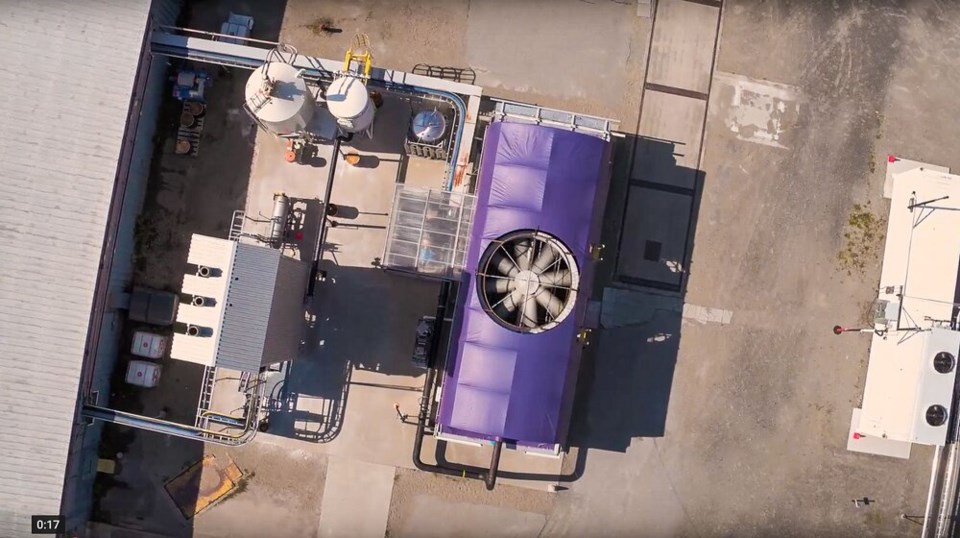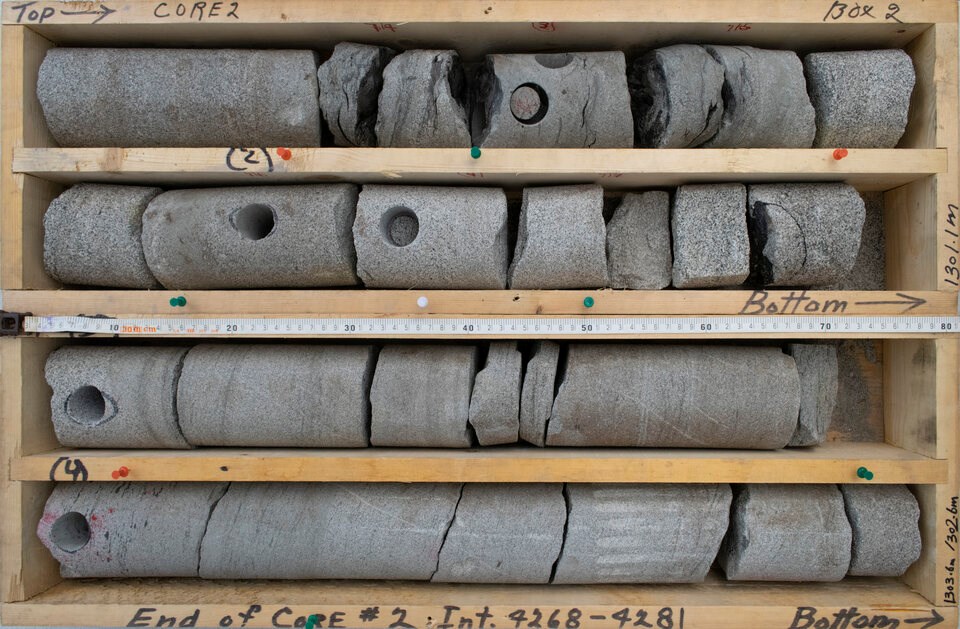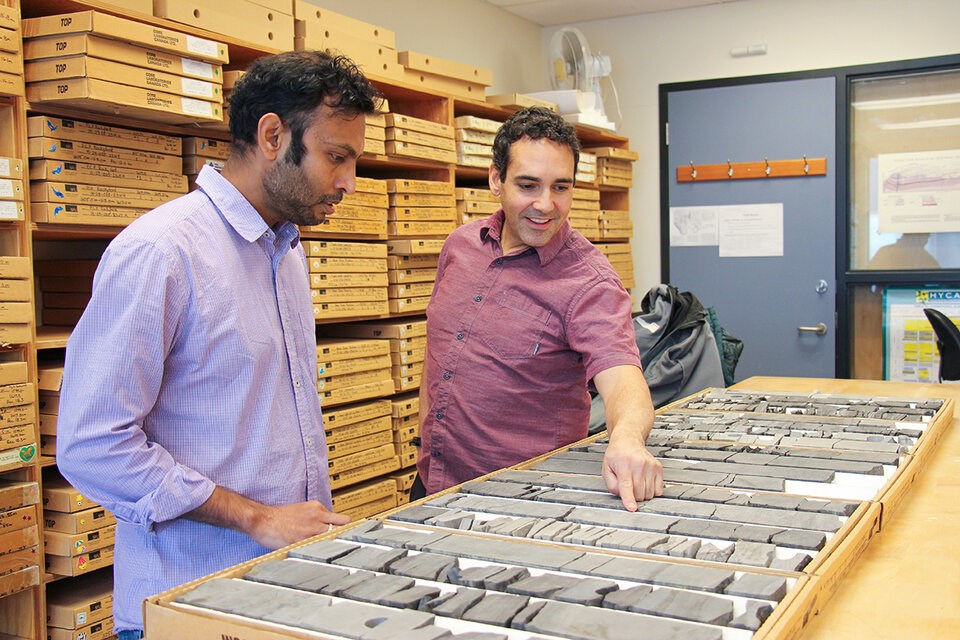A B.C. researcher is investigating how to bury millions of tonnes of carbon pollution under Metro Vancouver using a technology that could help reduce the region’s industrial footprint.
By capturing carbon and injecting it underground, carbon capture, utilization and storage (CCUS) technology has long been used in the oil and gas industry to extract more fossil fuels. But in recent years, some have hailed it as a solution to fight climate change.
Proponents of the technology say it offers a realistic path to wean Canada — and indeed the rest of the world — off fossil fuels without sinking the economy. In Canada, oil sands companies have banded together to propose a $16.5-billion carbon capture and storage project in northern Alberta that they say will help them reach net-zero emissions from production by 2050.
But critics say the expensive technology only captures 0.5 per cent of Canada’s emissions despite having received an estimated $9.1 billion public funds as of early 2023. Worse, say opponents, pursuing the technology funnels money away from investments in technologies like wind or solar energy, and is being used as a tool to ‘greenwash’ the oil and gas industry and let it carry on as usual.

But according to Simon Fraser University geologist Shahin Dashtgard, the technology could fill a vital gap in drawing down emissions from hard-to-decarbonize industries.
“Everywhere across the country, we're looking for ways to get rid of our carbon and to meet net- zero goals,” said Dashtgard.
“Disposing it underground is our most economic way of going about this.”
But first, said the researcher, you have to figure out if it’s feasible. Dashtgard received more than $900,000 from the B.C. and federal government to explore how B.C.’s largest urban area might reduce some of the 15 million tonnes of emissions emitted by Metro Vancouver every year.
Much of Metro Vancouver is built on bedrock and sands laid down by retreating glaciers and the Fraser River. But its geology also includes a band of sedimentary rock stretching from Chilliwack through the Strait of Georgia to Victoria.

The porous rock — in some places up to five kilometres thick — could be an ideal candidate for storing industrial carbon intercepted from the region’s smoke stacks, said Dashtgard.
Injecting the pollution under Metro Vancouver will likely require dissolving carbon into water “like a soft drink” and then sending it between one thousand and two thousand metres underground. At that depth, the high pressure will keep the carbon dioxide dissolved as a heavy brine solution that will sink through the rock.
In what’s expected to be a four-year feasibility study, the researcher will examine about 900 kilometres of previously collected two-dimensional seismic data — basically, images of the rocks underneath our feet — starting in Metro Vancouver and Strait of Georgia, and then expanding to Vancouver Island in the next year or so, Dashtgard said.
He will then integrate the data into a geological model to map out which faults should be avoided and where rock might safely hold the captured carbon.
“We'll send that to petroleum engineers at the University of Calgary, who will then do simulations to see if there will be a sufficient amount of storage capacity for us to be able to store that CO2 in the region,” he said.
“The next question would be, is this something that we want to pursue? Is this something that the public would be OK with? And how would we move forward with that?”

When it comes to using the technology for the oil and gas sector's decarbonization goals, that answer should be a resounding no, according the International Energy Agency (IEA), which was has advised countries on energy policy since the 1970s.
In a report released in the lead up to the ongoing United Nations climate summit in Dubai, the IEA warned against "excessive expectations" and reliance on the technology. It said oil and gas companies need to start "letting go of the illusion" that "implausibly large" amounts of carbon capture are the solution to the global climate crisis.
The agency, however, did acknowledge that carbon capture will be an important tool to offset emissions from sectors that have no viable alternative solutions.
In Metro Vancouver, industrial facilities release roughly 2.5 million tonnes of greenhouse gases (about 17 per cent of the region's total). Big emitters include two cement facilities in Delta, the Parkland refinery in Burnaby, and the Metro Vancouver’s Waste to Energy Facility.
“Those are the biggest emitters, and those are our large target audiences to try to find a way for them to deal with their excess CO2,” Dashtgard said.
“To get rid of a million tons or a couple million tons a years is our goal.”
With files from The Canadian Press





